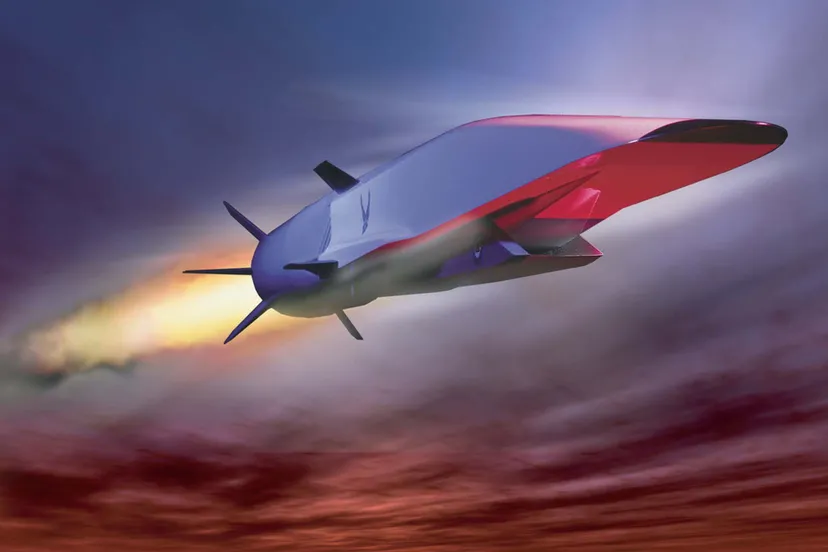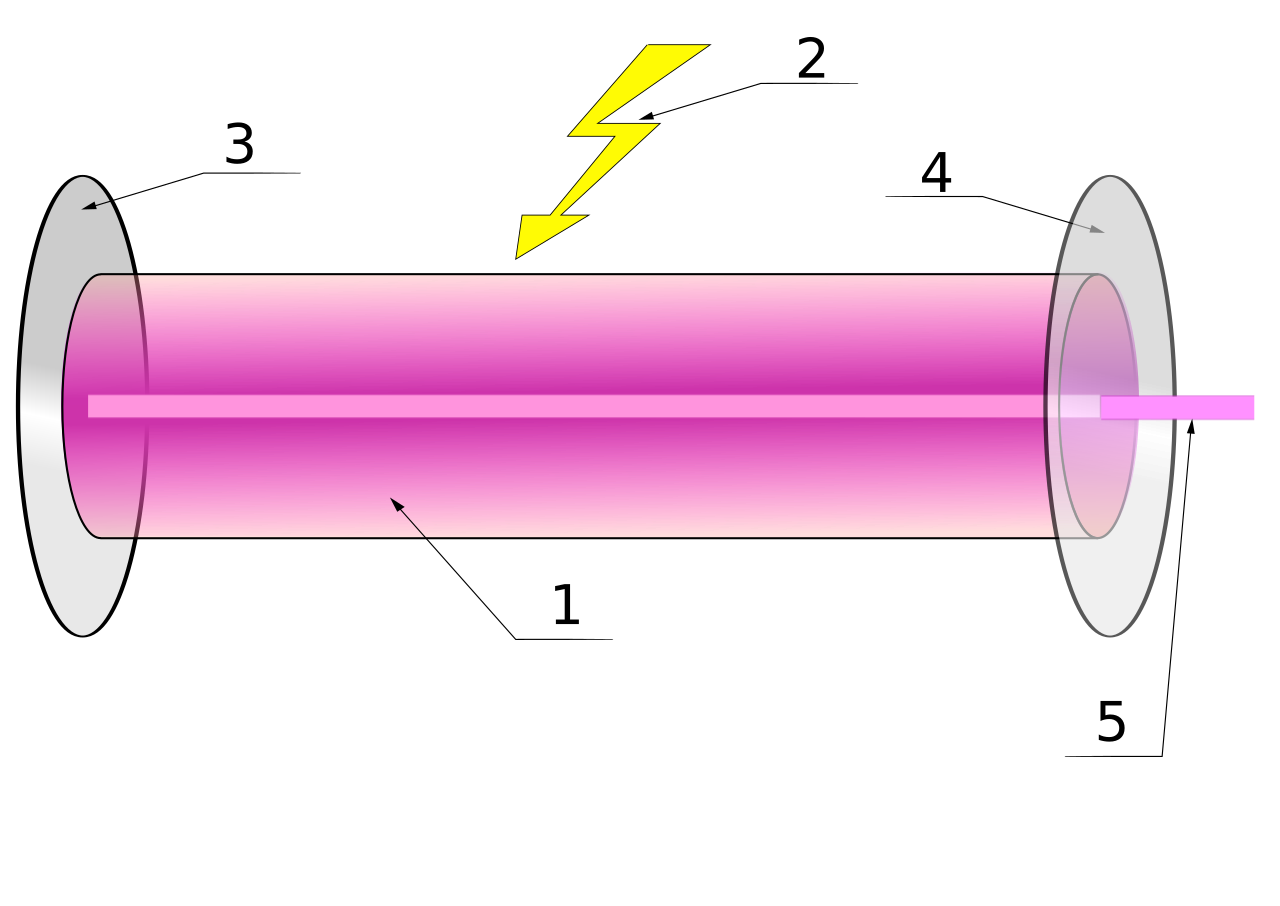"Schematic illustration of the electrical spectroscopy on the polaritonic-based graphene photodetector. Credit: ICFO/ David Alcaraz Iranzo" (ScitechDaily, Tiny Polaritons Unleash a New Era in Nanophotonics)
"Photonics is a branch of optics that involves the application of generation, detection, and manipulation of light in the form of photons through emission, transmission, modulation, signal processing, switching, amplification, and sensing. Photonics is closely related to quantum electronics, where quantum electronics deals with the theoretical part of it while photonics deal with its engineering applications. " (Wikipedia, Photonics)
Though covering all light's technical applications over the whole spectrum, most photonic applications are in the range of visible and near-infrared light. The term photonics developed as an outgrowth of the first practical semiconductor light emitters invented in the early 1960s and optical fibers developed in the 1970s." (Wikipedia, Photonics)
The first solution that used photonics was an optical data cable. Those cables are still one of the most secure data transmission systems. It's possible that the system can use outside optical fibers to send so-called empty signals. If somebody changes the form fiber or cuts it the system detects it. Then it can report that anomaly in wavelength to the system supervisors.
In that system, data travels in an inner optical fiber. That makes outsiders hard to see the data flow. If somebody wants to eavesdrop on that data. The spy must damage or turn the outside optical fibers.
And the system notices that. Similar systems can detect things like earthquakes. The movements on the ground stretch and change the route of the light. And that allows observers to see if something or somebody moves the optical cable.
Modern photonics is the tool that makes much more than just transport data. The high-power computers make it possible to manipulate nano-optical layers. Those layers can transfer photons into wanted directions. The ability to remove reflection from layers is the ultimate tool for stealth technology. And the same thing can make quantum computers more effective. Without reflection, there are not-so-strong artifact effects that disturb the quantum entanglement.
The ability to create quasiparticles is a great advance in photonics. The quasiparticles can create energy potholes or energy dumps that allow energy and photons to travel in them. The energy potholes in material pull it in together. The quasiparticle can aim photons in the desired direction. And that can make it possible to create the switches and routers for the photonic microchips.
"In physics, polaritons are bosonic quasiparticles resulting from strong coupling of electromagnetic waves (photon) with an electric or magnetic dipole-carrying excitation (state) of solid or liquid matter (such as a phonon, plasmon, or an exciton).[example needed] Polaritons describe the crossing of the dispersion of light with any interacting resonance." (Wikipedia, polariton)
https://scitechdaily.com/tiny-polaritons-unleash-a-new-era-in-nanophotonics/
https://en.wikipedia.org/wiki/Photonics
https://en.wikipedia.org/wiki/Polariton




































